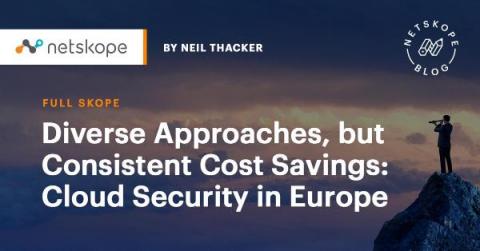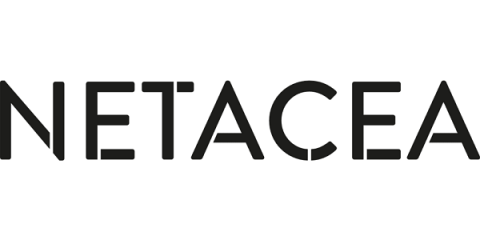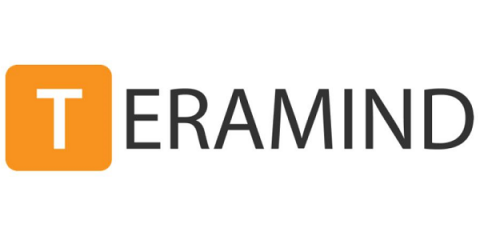Diverse Approaches, but Consistent Cost Savings: Cloud Security in Europe
We are going through a period of huge security and networking upheaval. Transformation projects are afoot in the vast majority of organisations and architectural ideologies are shifting towards SASE and Zero Trust. We are all seeing and experiencing this first hand, but anecdotal tales of how organisations are handling these changes are inconsistent. Some are seeing security teams expanding, while others are decentralising the team and distributing security expertise across project taskforces.











